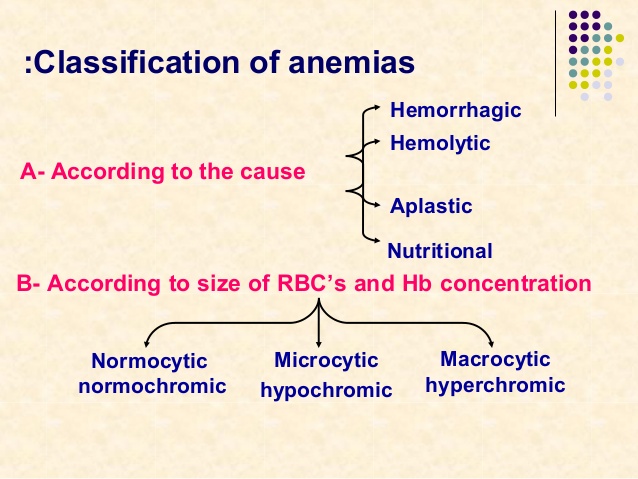 New Health Guide
New Health Guide
Normocytic normochromic is one of the most common forms of anemia. Anemia is a condition where the red blood cells that circulate in your body decrease. In normocytic normochromic anemia, the red blood cell count is low but the haemoglobin remains normal which translates to the size of the blood cells is still normal.

It's mostly caused just by growing older. Most of the cases are of women who are more than 85 years old. This type of anemia can also affect people who were born with it as well. In another scenario, it can be the result of other illnesses or diseases such as a chronic infection, a malignant disease, or any kind of inflammatory disease. In more serious cases it can be the result of hypothyroidism, renal failure, polymyalgia rhematica, marrow failure and acute blood loss. Your diet may also play a part in getting normocytic anemia if you are deficient in iron.
The symptoms tend to creep up on you over time. Because it is a form of anemia you may feel weak and dizzy periodically. With the blood flow failing, you may look very pale and feel tired most of the time.
Additional symptoms include:
If you are feeling especially tired all the time and this feeling never seems to go away, you may want to be checked by your physician to see if you have this condition. While it may show up on a regular blood test, you may have to request a complete blood count or CBC. This will show how many regular sized red blood cells you have. If the count is unusually low, you might have to get additional tests done.
Because there are several different reasons why you would fall victim to this condition, the ways to treat it are just as different. Here are the types of treatment that work best for each cause.
If you have normocytic anemia because of an underlying illness or disease, that condition must be treated first. If your anemia is very prominent, your doctor may order you to have injections of erythropoietin on a regular basis. This will encourage your bone marrow to generate additional blood cells which will let your body get more oxygen and cut down on your weakness, nausea and drowsiness while you are dealing with the other condition.
If you have a mild case of this type of anemia you may be able to elevate your red blood count by adding iron supplements to your daily regime.You may also need folate and/or vitamin B-12. There are some people who are unable to process vitamin B-12 no matter how much they take. Check with your doctor if this is the case in your situation.
Try to get young ones to drink milk that has been fortified with iron. This leaves cow’s milk out, especially if your child drinks a lot of milk. Giving them iron supplements and vitamins per your doctor’s instructions can help. Get your teens checked regularly as they have regular growth spurts. Young women who begin to menstruate will lose a lot of iron when they get their periods. If they tend to be anemic, check with your doctor regarding iron supplements for them as well.
Though many women may develop normocytic anemia while they are pregnant, it may not continue after childbirth. During their pregnancy, they should follow their doctor's orders to reduce the risk of a premature baby or an infant with a low birth weight.
Check your diet regularly to make sure you are getting enough iron and vitamins on a regular basis. Don't wait until it is too late to contact your doctor. If you have a history of anemia, try to up your iron intake; if you begin to feel tired much of the time, check with your physician. Sometimes anemia is linked to other more serious conditions.
Your doctor can prescribe erythropoietin which will stimulate your bone marrow so that it can generate additional red blood cells. This would be helpful if your anemia is from kidney problems, cancer, or due to the treatments you are receiving for them. If your anemia is getting out of control you may need a blood transfusion.
If you are interested in participating in clinical trials that are in place to advance the knowledge and improve the treatments for diseases such as anemia, check with your doctor on how you can participate. You can also check out the National Heart, Lung, and Blood Institute to find out if they have any upcoming trials in your area you can partake in.